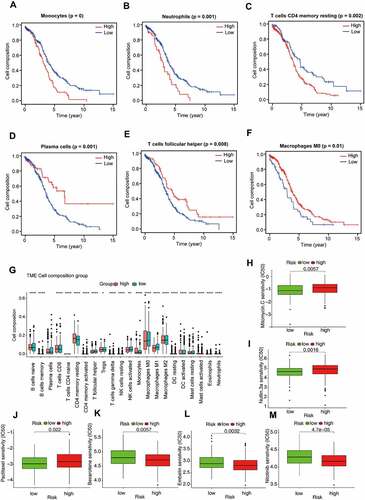Figures & data
Figure 1. Overview of alternative splicing (AS) and prognosis-related AS events in ovarian cancer (OV).
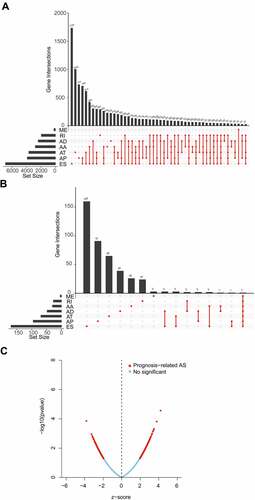
Figure 2. The top 20 most significant prognosis-related AS events in seven types of AS. (a) AA, (b) AD, (c) AP, (d)AT, (e)ES, (f)ME, (g) RI.
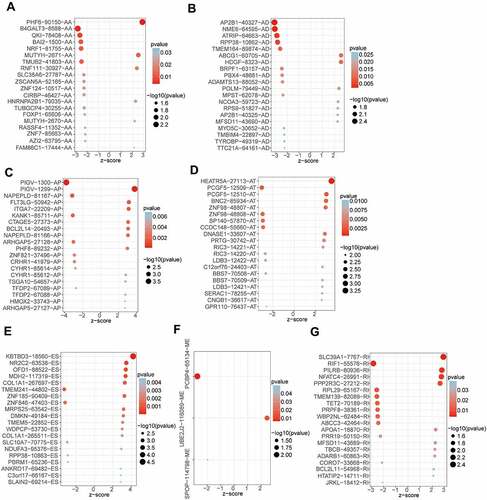
Figure 3. Construction and validation of AS prognostic risk model.
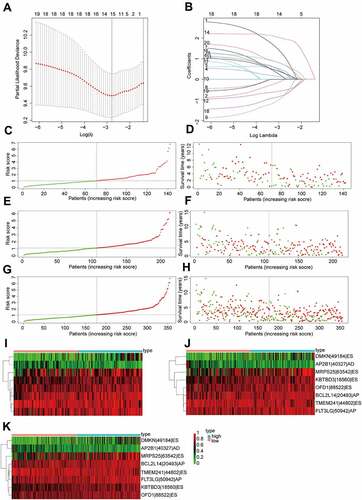
Figure 4. The risk score was closely related to the OV prognosis.

Figure 5. The risk score was an independent predictor of overall survival.
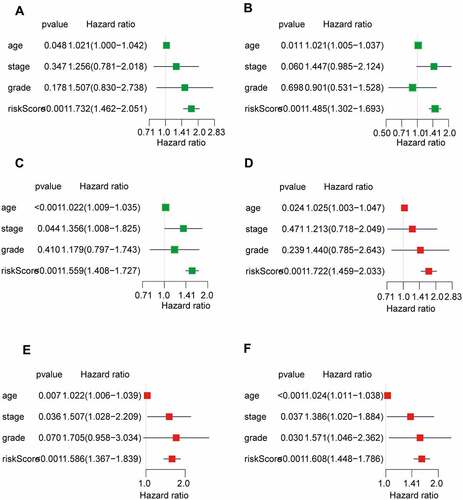
Figure 6. Establishment of OS nomogram.
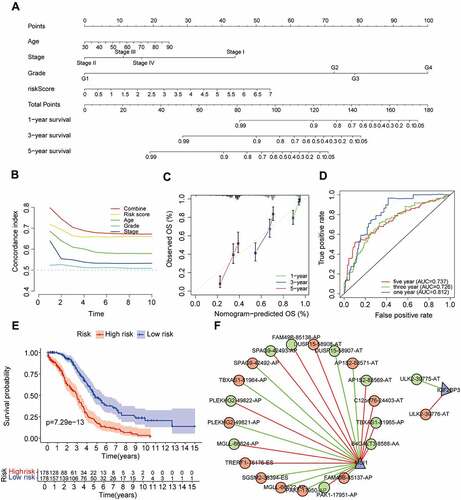
Figure 7. Immune cell infiltration and chemosensitivity of OV patients.
